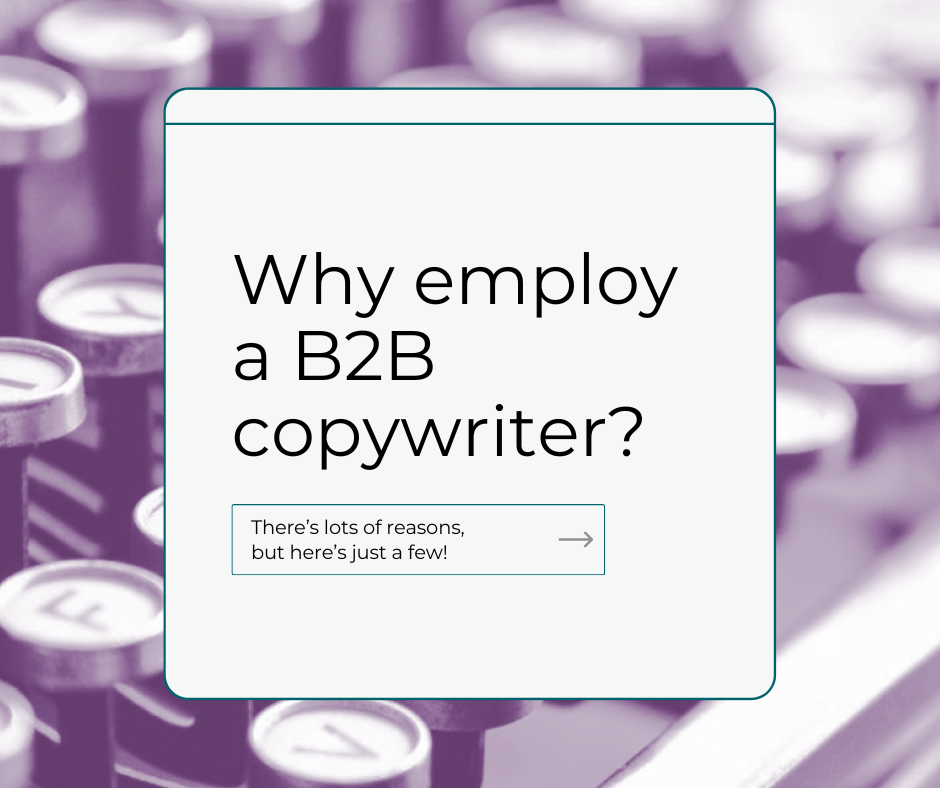
by Alex Baggott | Jul 18, 2025 | Content writing, Technology
AI tools for content research and summarisation in technical copywriting If you’re looking to blend human skill with AI speed in your content workflow, especially for research-heavy or technical copy, this report is for you. A few months back, we shared...

by Rebecca D'Arcy Howard | Apr 3, 2025 | Content writing, Technology
AI-driven solutions abound for anyone looking to write, edit or proof copy. We are spoilt for choice. Yet not all platforms are created equal. Here are just some of the tools available, with different aspects highlighted to help you decide which is best depending on...

by Gini Bailey | Jun 10, 2024 | Adtech, Content writing, SEO
Why should you hire a copywriter? We understand, you know your brand the best, so surely you’re the best person to write about your products or services. But we also understand it’s not always that straightforward. There are many reasons why hiring a B2B copywriter...

by Alex Baggott | Jun 9, 2023 | Content writing, SEO
When you hear the word SEO, do you think: Keywords? Google rankings? The coveted first page of search engine results? While all those things matter, there’s more to it than simply mastering the art of talking to Google. Things have changed since the 90s. Jelly...





